OPINION: Historically underserved school districts in Mississippi were hit hard in the pandemic and need immediate help
The Hechinger Report
OCTOBER 29, 2023
Our extensive work at MCJ culminated in a report that showcased an unsettling reality: Affordability and availability are formidable barriers to internet access, while reading and math proficiency rates are significantly below the state averages in grades 3-8. A significant challenge for Delta communities is the ever-growing digital divide.

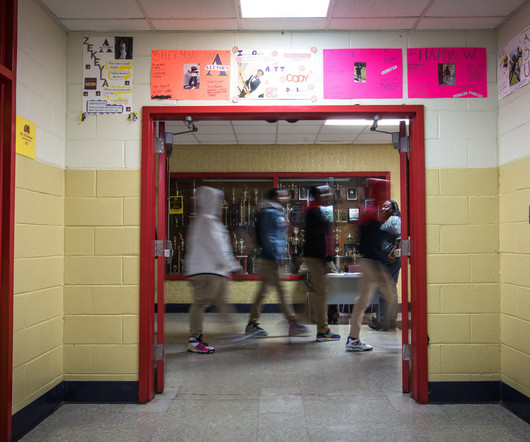






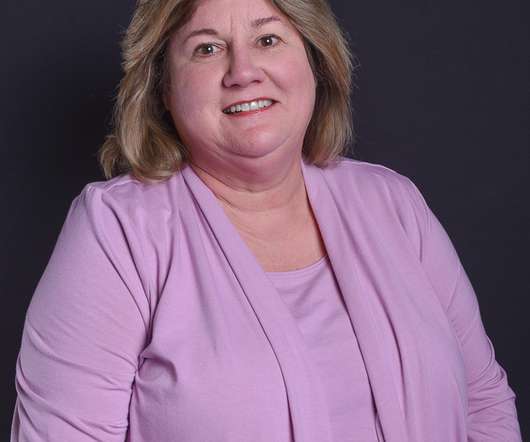
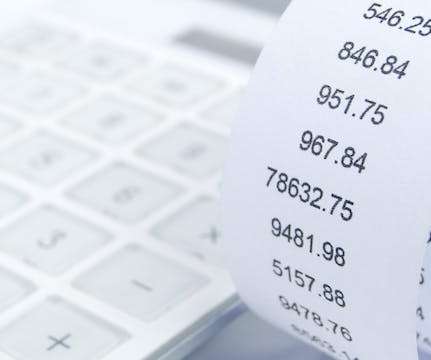
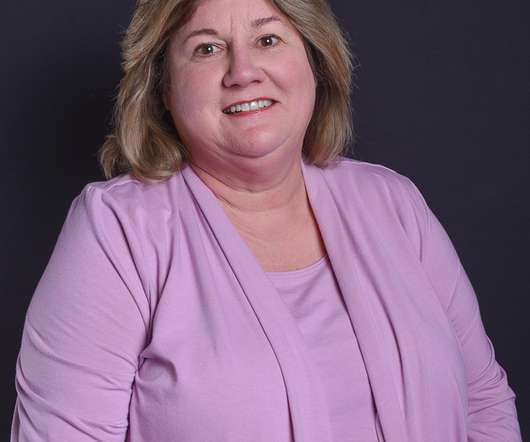
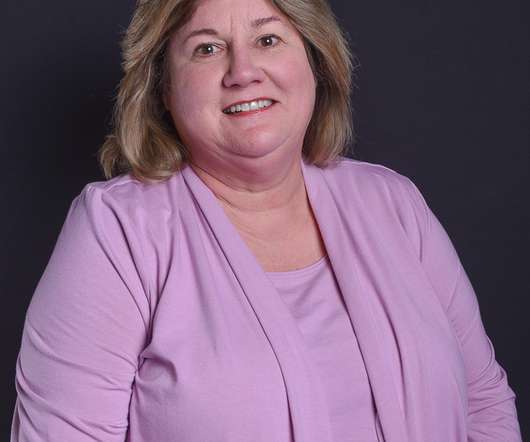
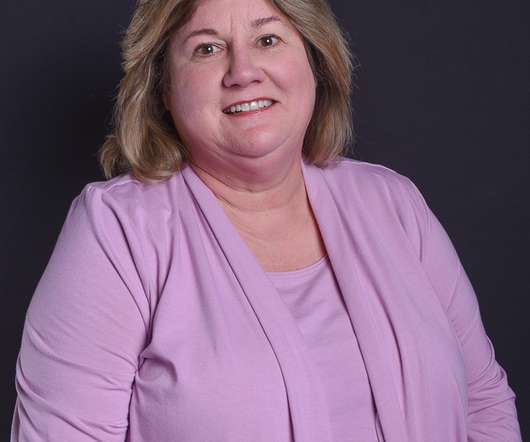




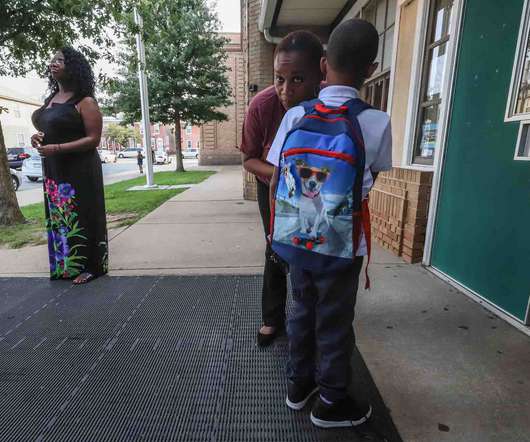












Let's personalize your content